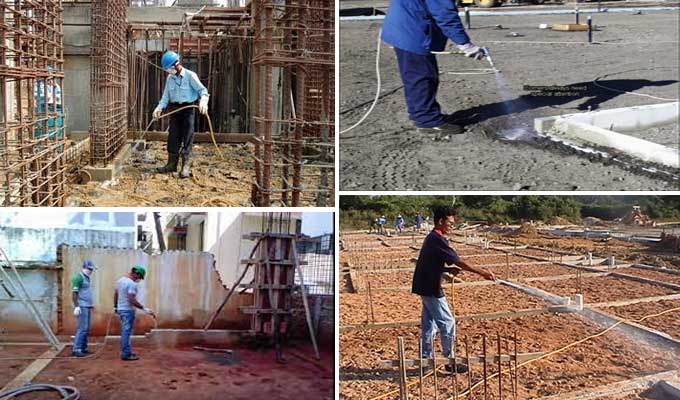
A Review of Anti-Termite Treatment in building structures and its Benefits and Drawbacks
The termite-control process uses chemicals to prevent subterranean termites from entering a building's soil, masonry, wood, and electrical fixtures. A chemical process used to provide the building with a chemical barrier against subterranean termites before and after construction calls anti-termite treatment. It performs on soil, masonry, wood, and electrical fixtures.
As a result of the damage that termites are likely to cause. In search of food, termites also destroy non-cellulosic materials. Termites can destroy the coatings covering underground cables and neoprene, plastic, rubber, and leather.
Possible Location of Termite
The three things needed by termites to survive are food, cellulose, and moisture. Wood is a popular material for basements, crawl spaces, attics, and other house areas. That makes wood-eating insects their perfect food source. The buildup of puddles near air conditioning units and foundations is typical around homes when the grading is sufficient. That can provide enough moisture for termite colonies.
Precautions
According to project safety plans and municipal regulations, all construction must comply with safety procedures and instructions. Workers and staff must wear PPE during construction. Inductees must give full safety training before work begins.
Pre- Construction Anti- Termite Treatment
An anti-termite chemical applies to the sides and bottom surface of the foundation excavations at a rate of about 5 liters per 10cm depth to ensure that the pits and trenches are free from termites.
Floors begin by first removing wood and other particles of garbage from the earth. That is followed by leveling the whole area. Holes dug at intervals of 15 cm. Add water to the chemical to make an emulsion of the correct concentration.
Properties of Bituminous Paint
To apply the emulsion, you will use a pump and sprayers to pour it into the holes and spray it on the surface. The chemical will soak completely into the holes.
Post-Construction Anti-Termite Treatment
A soil treatment's primary purpose is to create a chemical barrier between the termites in the soil and the building to protect. Anytime cracks are seen on the ground floor, chemical treatment should perform. In the joints between floor and wall, the constructional and expansion joints, vertical holes dug every 300 mm to reach the soil below. Woodwork treats where it contacts the soil.
Termite treatments must apply at all times when woodwork, such as beams, contacts woodwork. Electrical fixtures inside a wall need to have their outer covers removed and the insides treated with dusting powder, 5 percent.
Benefits of Anti Termite Treatment
- Termites, rodents, and pests are prevented from entering any structure immediately.
- This is a long-term treatment.
- Termites won't be able to enter your house because gaps in the barrier don't form.
- Liquids of anti Termite are relatively inexpensive in comparison to other forms of pest control.
Drawbacks of Anti Termite Treatment
- Water contamination can result from anti-termite treatments near waterways and wetlands.
- Termite entry or concrete may require drilling into areas, resulting in a reduction in the strength of a member or structure.
- In the future, even the smallest negligence could cause a problem with an infestation.
Wrapping it Up
A thorough inspection is required before treatment can begin to determine the extent of the infestation and the pathways by which termites enter a building.
An inspection of the infested area can reveal termite infestations. There are many places in a building where termites can hide, including ceilings behind wooden paneling, within electrical wiring battens, conduits, switchboards, and other places.
To get more details, watch the following video tutorial.
Video Source: Civil Site visit


